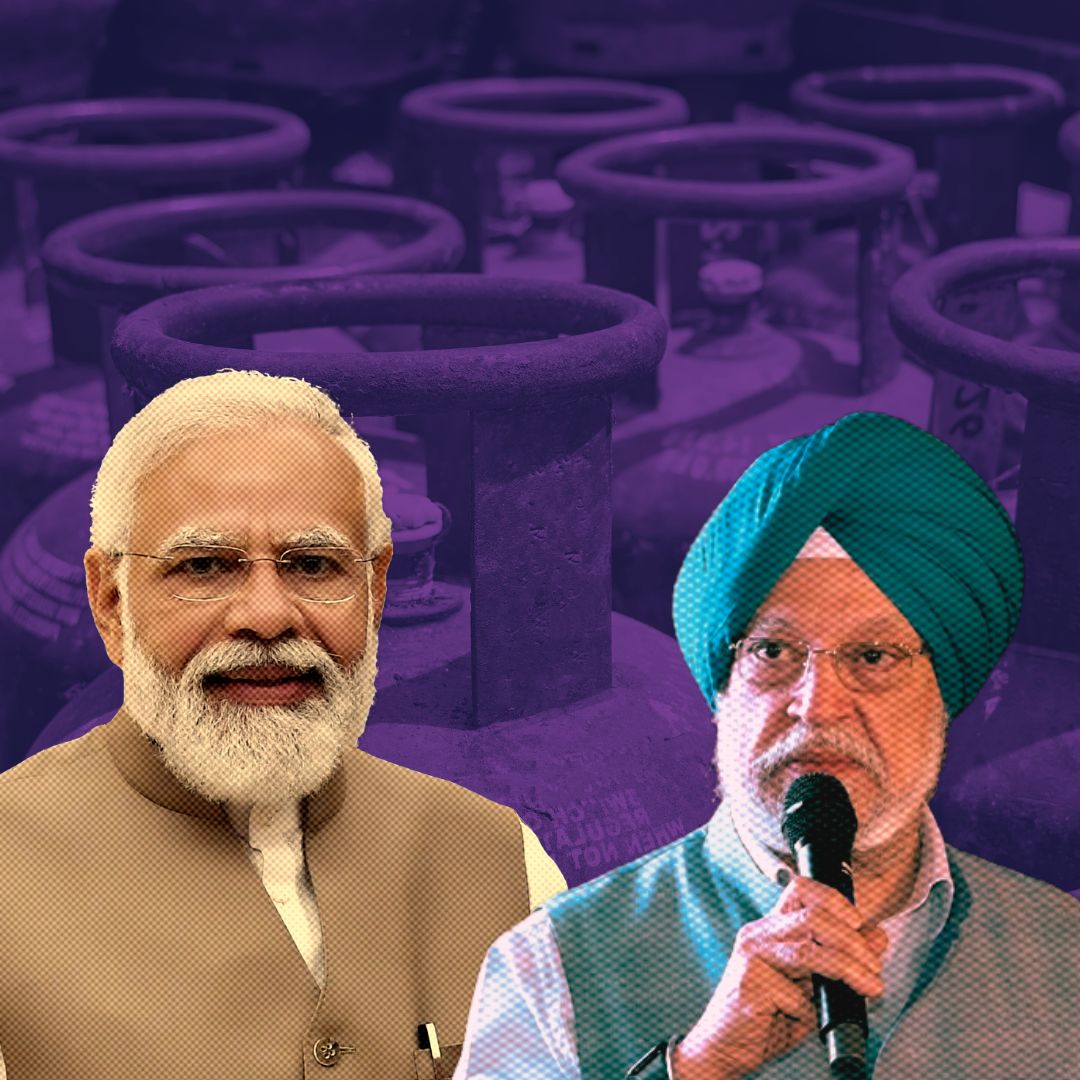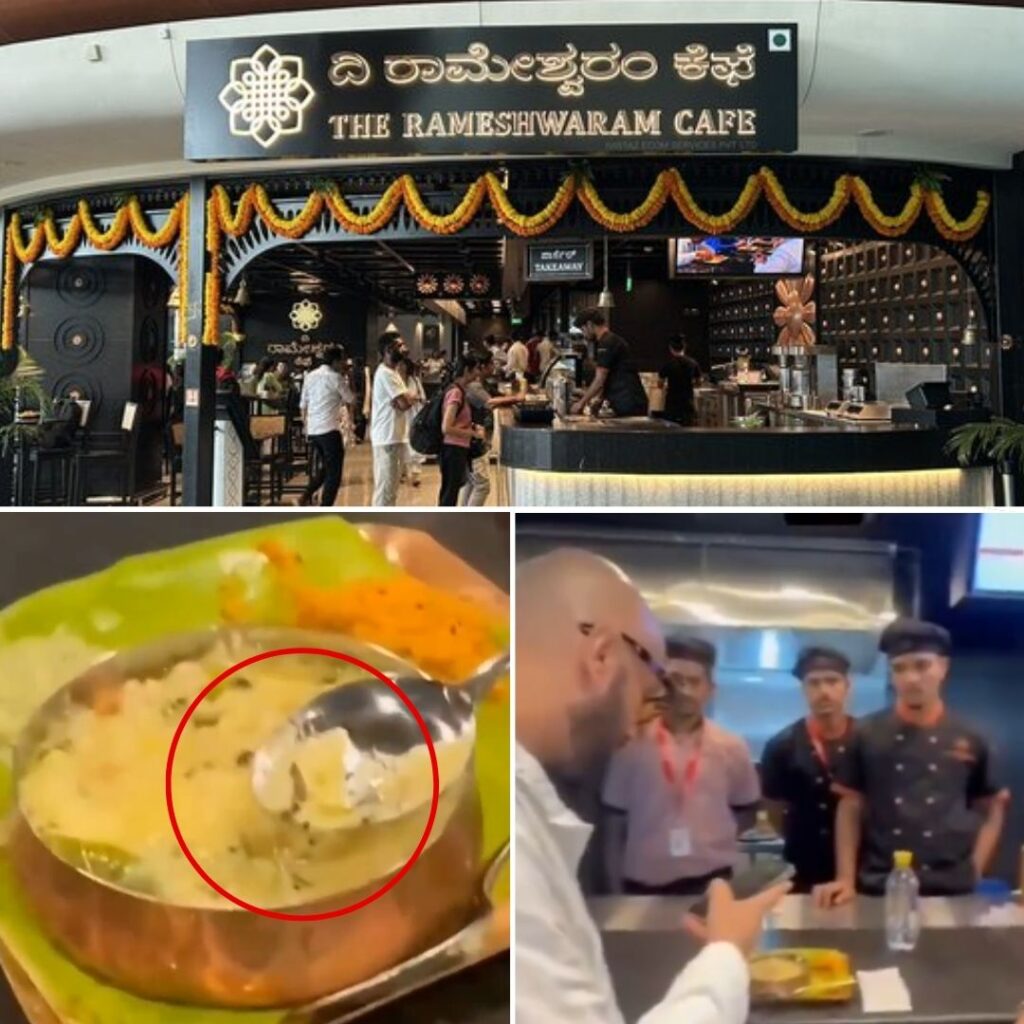The Indian government has increased LPG cylinder prices by Rs 50 for both subsidised and non-subsidised users, effective April 8, 2025. Under the Pradhan Mantri Ujjwala Yojana (PMUY), the price rises from Rs 500 to Rs 550 per cylinder, while non-PMUY consumers will pay Rs 853, up from Rs 803.
This hike follows the previous increase of Rs 25 on March 1, 2025, marking a continued trend of rising costs. The decision aims to offset losses incurred by oil marketing companies due to subsidised gas prices but raises concerns about its impact on low-income families and inflation across sectors.
Price Hike Details
The price increase affects all domestic LPG users, with PMUY beneficiaries now paying Rs 550 and other consumers paying Rs 853 for a 14.2 kg cylinder.
Union Petroleum Minister Hardeep Singh Puri stated that this hike is part of periodic reviews conducted every two to three weeks to align with global fuel market trends and offset rising import costs.
The government cited international LPG price surges—from $415 per metric tonne to $712 per metric tonne—as a key driver for the hike. Interestingly, commercial LPG cylinder prices were reduced by Rs 41 last week, benefiting businesses like restaurants and hotels. This dual approach aims to support both households and industries by managing costs effectively.
When Was the Last Price Hike?
The last LPG price hike occurred on March 1, 2025, when the cost was increased by Rs 25 per cylinder. This latest Rs 50 hike marks a significant jump in just over a month, reflecting ongoing pressures from rising global fuel costs.
The government has clarified that LPG prices will now be reviewed every two weeks to adapt to international market trends. This frequent review process ensures that domestic prices remain aligned with global market fluctuations, helping oil marketing companies manage their financial health.
Impact on Low-Income Families
For low-income households, higher LPG prices exacerbate financial struggles. Families relying on subsidised cylinders under PMUY often find refill costs unaffordable, forcing them to ration usage or revert to unclean fuels like wood and coal.
This shift not only impacts health but also undermines efforts to promote clean cooking practices. Kamla Devi from Lucknow shared that her family’s monthly LPG consumption has been drastically reduced due to rising costs.
Studies show PMUY beneficiaries consume significantly less LPG compared to non-PMUY households because of liquidity constraints. The government’s subsidy mechanism, while beneficial, does not fully address the affordability issue for many low-income families.
Cascading Effect of Gas Price Hike
The ripple effects of higher LPG prices extend beyond households. Businesses reliant on cooking gas—such as restaurants and small eateries—face increased operational costs, which could lead to higher menu prices for consumers.
Additionally, simultaneous excise duty hikes on petrol and diesel contribute to inflationary pressures across transportation and logistics sectors. These cascading effects disproportionately impact middle- and low-income groups already struggling with rising living costs. For instance, higher transportation costs for food items can lead to increased grocery bills, further straining household budgets.
The Logical Indian’s Perspective
The recent LPG price hike underscores the need for equitable policies that prioritise vulnerable populations while balancing fiscal responsibilities. While addressing oil marketing companies’ losses is crucial, the government must ensure that low-income families are not disproportionately burdened.
Measures such as enhanced subsidies or alternative energy solutions could alleviate financial strain while promoting clean cooking practices. The Logical Indian urges policymakers and citizens alike to advocate for fairer energy policies that foster sustainability and social equity.
As these challenges unfold, we ask: How can communities collaborate with policymakers to mitigate the cascading effects of energy price hikes on vulnerable populations? Additionally, exploring innovative financing models or partnerships with NGOs could help ensure that clean cooking fuels remain accessible to all.












